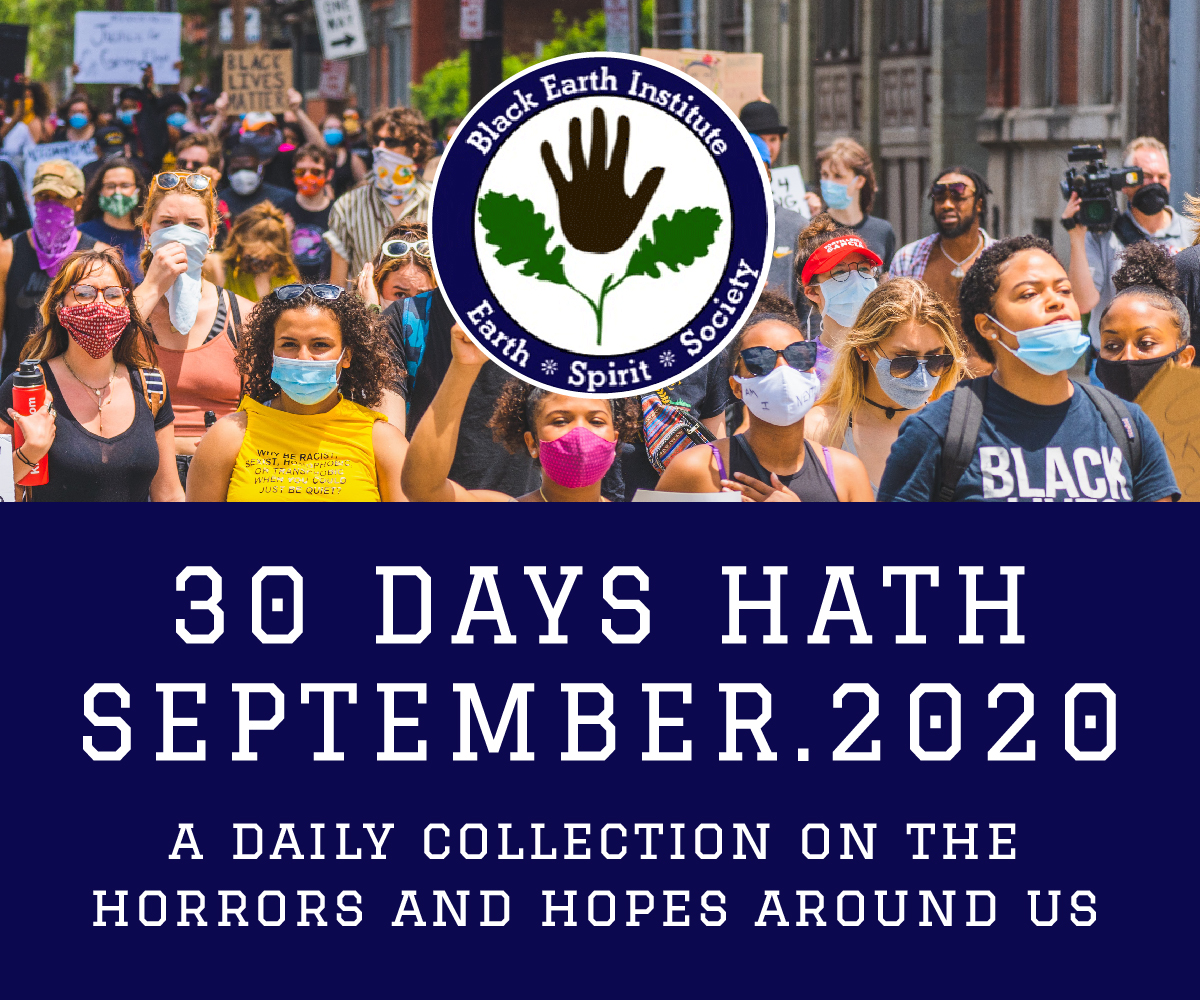
By DJ Lee
I often walk the labyrinth in the courtyard of the First United Church, a few blocks from my house in Oak Park, Illinois. I stroll the design, modeled after the labyrinth in France’s Chartres Cathedral, at night, illuminated by phone and streetlight. The walk is a meditation, a slowing down, one foot in front of the other at the pace of thinking, the pace of letting go.
Mazes fascinated me as a child. Obsession might be the better term. I would use my allowance to buy the latest Jumbo Book of Mazes, 250 pages of rollercoaster networks I’d work through at night in bed, in the library at school, and in the car when my family traveled from Seattle to the far off lands of California, Arizona, Utah for vacation. Using eyes, then finger, I’d figure out the path before carefully inking it in with a pen. I hated tracing a route only to have it end and realize I was trapped. I wanted the satisfaction of finding the way out of the puzzle without wandering into in one of its cul-de-sacs or blind alleys.
Mazes are related to labyrinths, but the two are distinct in function and purpose. Both are connected in Western literature to pilgrimages, grounded symbols for the long spiritual journey called life, a voyage of struggle, dislocation, and patience. The labyrinth’s serpentine form focuses the spirit in reassuring meditation. But mazes mess with the mind.
The hedge maze at Hampton Court, once paced by the murderous Henry VIII, was the first maze I walked physically. I was beside myself with excitement as I stepped into the trapezoidal puzzle. In my late twenties at the time, I was visiting England to study the radical nineteenth-century poets. It was here I first learned mazes were places for reflection. As I spent a hot afternoon twisting through those yew trees, I came to love getting lost. I realized that each dead end wasn’t really a final stopping place but a moment of pause, of reassessing, and then a turning around with newfound knowledge. I didn’t at all mind those dark corners.
Of that hedge maze, what I recall most vividly is that I never wanted to be pulled out of it. Wherever I went in England—to the British Museum, to the theatre, to the Lake District—my mind was tracing my footsteps through that web. An Ariadne’s thread, it seemed to resemble the inscrutable territory of the human mind. It also mimicked the prose I was reading in William Blake and Samuel Taylor Coleridge, writers who went off on tangents that seemed to lead nowhere but taught me something nonetheless by engulfing me in the paradoxes of memory and history and myth.
It was only later that I became aware of corn mazes, or maize mazes, a singularly American tradition. Every fall, farmers across the country cut mazes into their fields to make extra money from the harvest festival crowd. Over the last few years, I have visited several of these architectural wonders, and my view of mazes has changed. I’ve seen drunk teenagers, parentless children, and wide-eyed grandmas looking as if they’d just entered Dante’s seven circles. Last year I passed a grown man in leather jacket and motor cycle chaps, goggles around his neck, sitting on the ground, his back against the corn, arms wrapped around his legs, sobbing and moaning like he’d lost his parents. His sadness seemed to fill the space inside the maze and the fields beyond.
All this is to say: it’s hardly surprising that when I envision a map of our country, all I can think of are mazes and labyrinths, where our journey as a nation can elicit reflection and healing, where we know getting lost as an essential path to clarity, and where each dead end can teach us something. But we can do this only if we enter the puzzle and participate in the process, only if we vote.
Note: “Voting Maze” DJ Lee, watercolor. Original 23.5 x 17 inches.


